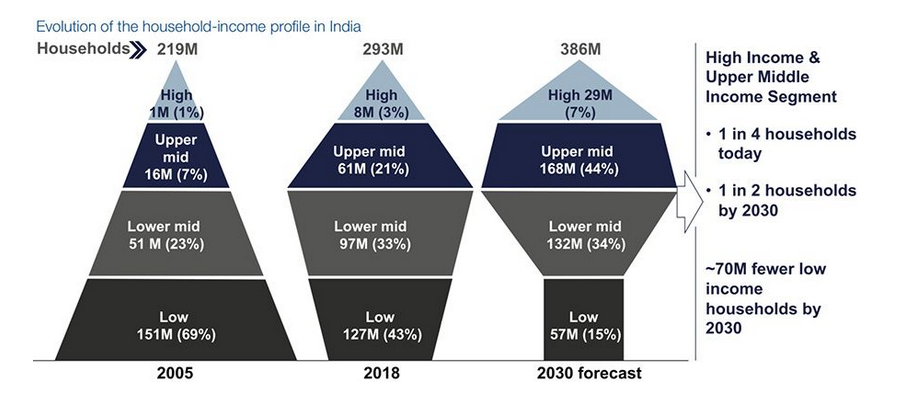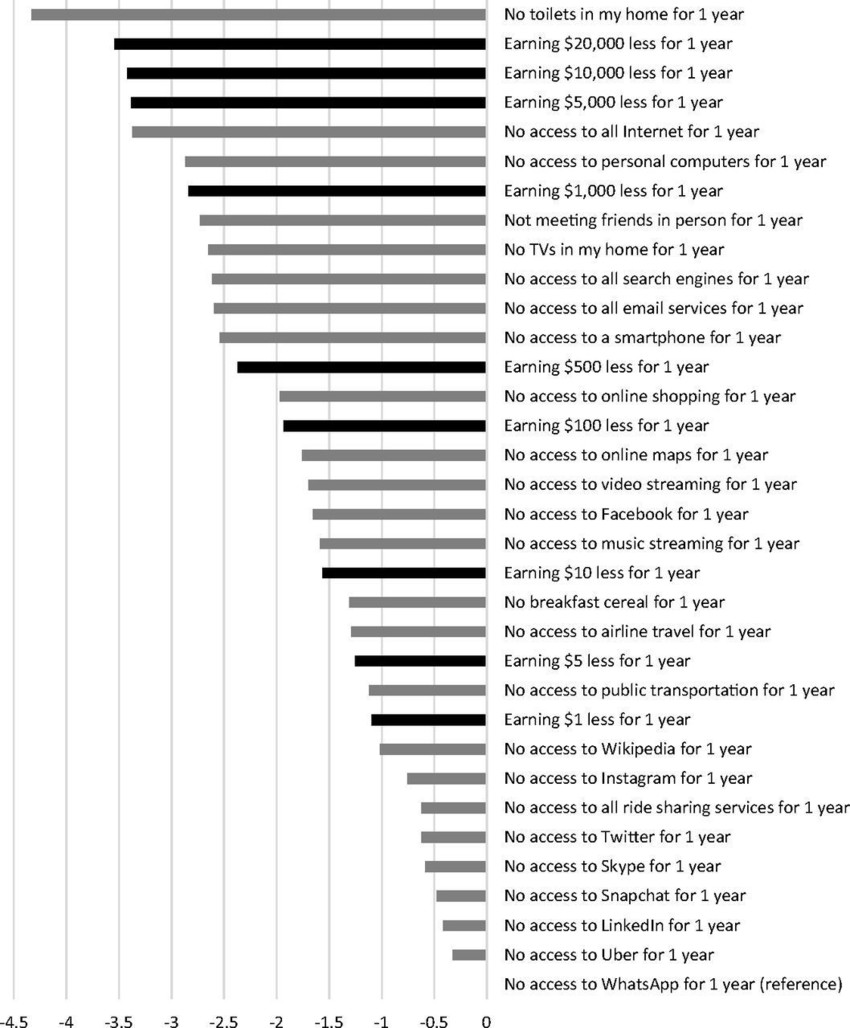
The 4IR and its associated digital revolution has brought the world to the stage at which we are today. But new challenges need to be solved. These are, according to a recent article from the WEF three:
- income generation
- labour force participation particularly gender inclusion
- gross domestic product (GDP) measures.
The 4 IR comes into a world very different from the past. Nowadays, 50% of the world’s 7.7 billion humans live in middle-class households. This is explained by countries such as China and India, that have grown their middle classes at 6% each year. It is expected that Asia’s middle class, will soon constitute 88% of the world’s entire middle class. Unfortunately many inhaboiting the space of “middle class” are unhappy with the stagnation or even decline in their standards of living, mostly due, to the changing nature of work.

4IR and Work
As we all came to learn, the nature of work has changed considerably and that is due to the gig economy, with its positives and negatives. On one hand, the gig economy facilitates flexiility, as the aforementioned article states, due to its focus in freelancing, independent contracting and gigging. But it also brings social instability.
The sector has grown so much that it now corresponds to over $200 billion in gross volume. The gig economy is also the result of the ongoing automation which leads companies to trim their current full-time workforce. So it is expected that at least 54% of employees will need re-skilling and upskilling to complete their jobs.
Differently from what the media conveys, automation will impact probably more women then men. It is expected that 11% of the female labour force will be lost over the next 20 years, whereas only 9% of the male labour force will be impacted. This is because many jobs often held by women such as admin, cashiers, and fast-food workers are 70% more likely to be replaced by automation and we have actually seen that happen. You just need to go to a large supermarket chain. Males are still the ones more prone to jobs/education in the field of information and communication technology (ICT). A recent report cited by the WEF is an analysis of companies working with open-source software, who came to the conclusion, for example, how only 15% of their software authors are women.
Measurement
How to calculate and measure the impact of the 4IR is also changing. In a certain way, GDP is an old fashioned measure since it is better suited as a performance indicator in a manufacturing society. We live now in a world shaped around services and technologies so new types of measuments need to be developed that more correctly transmit the economy and society in which we live. Inequality has risen to new heights, including in countries with high GDP. The UN provides a inequality and gender lens to its global measurements (the Gender Development Index and the Gender Inequality Index). Then we also have the The Gini index, the most frequently used inequality index.
GDP-B is a new metric GDP-B where the B stands for benefits. In traditional GDP, the focus is in measuring the production cost of things. GDP-B measures the benefits we obtain from digital goods and services. Analysts can calculate the value of B by determining how much money people are willing to pay to use zero-price digital services (such as Wikipedia, Instagram or Google Maps).

In a Nutshell
In the new economy we are stepping into, it is mandatory that work in understood through a different lens. If more of us are freelancers and independent contractors ( not only low skilled workers, but also skilled professionals) what kind of social protections have the government designed to safeguard their lives and future ?
Probably these will be the bulk of the workforce of the future so new legislation is needed to take into consideration their needs. Re skilling and upskilling is also very important, also bearing in mind a gender lens, taht makes sure women and girls are fully taken into the picture!

IntelligentHQ Your New Business Network.
IntelligentHQ is a Business network and an expert source for finance, capital markets and intelligence for thousands of global business professionals, startups, and companies.
We exist at the point of intersection between technology, social media, finance and innovation.
IntelligentHQ leverages innovation and scale of social digital technology, analytics, news and distribution to create an unparalleled, full digital medium and social business network spectrum.
IntelligentHQ is working hard, to become a trusted, and indispensable source of business news and analytics, within financial services and its associated supply chains and ecosystems.




























